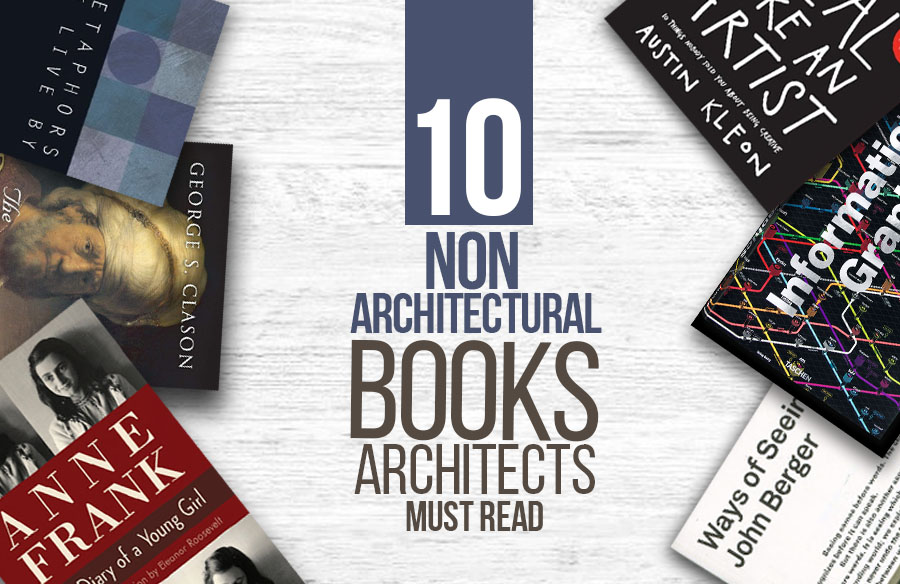One of the very best instances of a civilization whose contribution to the realm of architecture still wields a strong influence in the way we approach concepts, forms, ideas, decorations, and proportions in design, is Greek Civilization. Touted to have given birth to the modern-day democracy, the Greek society has also left behind awe-inspiring sculptures of ancient Greek architecture, the idea of theatre, and philosophies.
‘Architecture should speak of its time and place, but yearn for timelessness’ – Frank Gehry
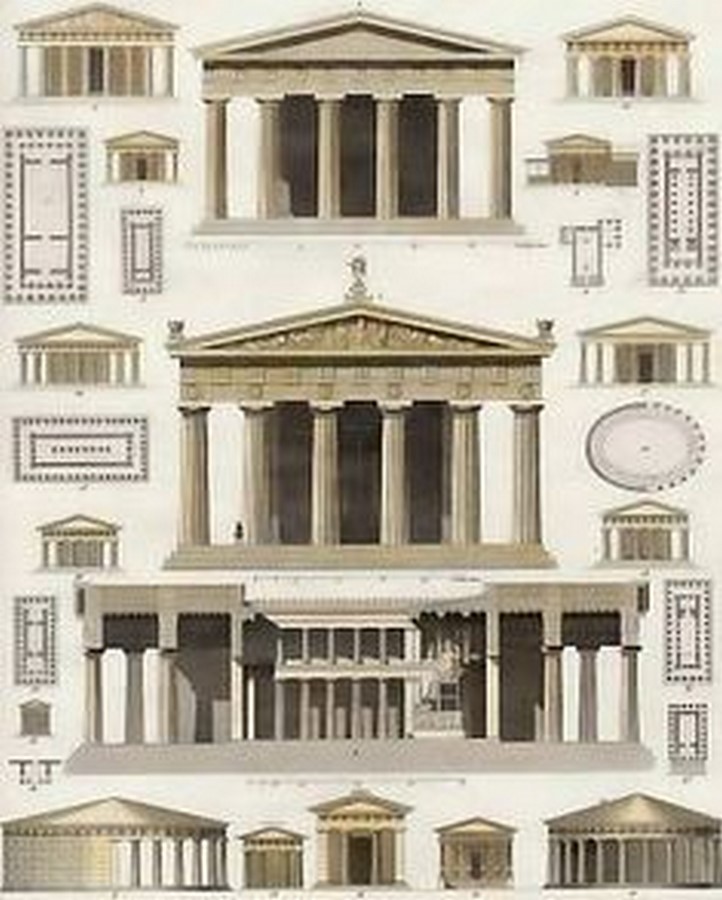
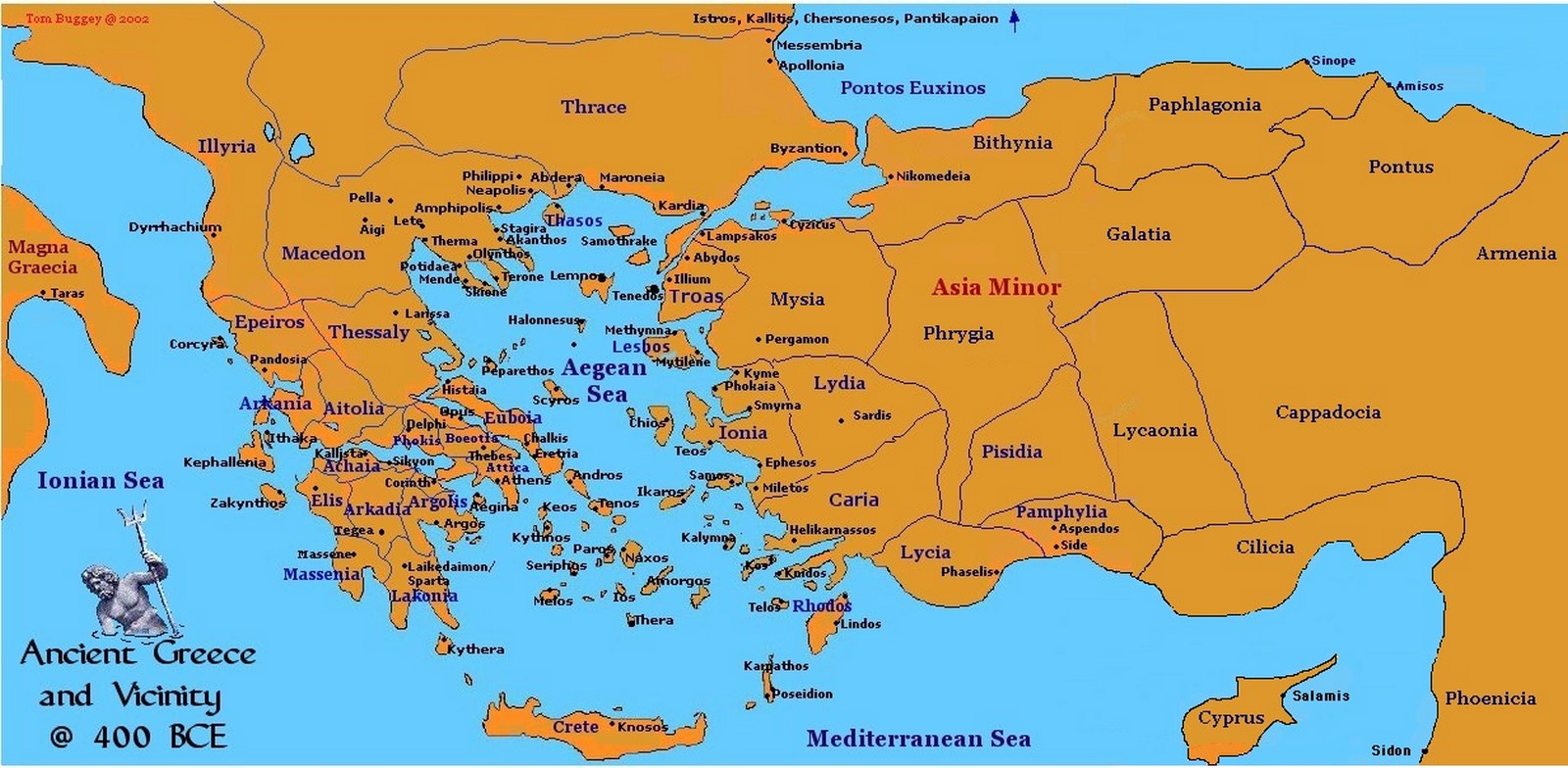
The Greek-speaking people inhabited the Greek mainland, Peloponnese, the islands of Aegean Sea, Ionia, and Magna Graecia encircling the nearly-landlocked Mediterranean Sea touching all the bordering three continents – Asia, Europe, and Africa. This strategic location made way for strong influences from different cultures around Greece which seem to have manifested in their lifestyle and eventually in their Architecture.
What was it like to live in the Golden age of Athens or popularly known as the Classical world? Following the triumphal Greco-Persian wars in 449 BC, there was a maritime union of 150 Greek cities that pledged to fund and maintain a common army. With the establishment of Athens as the capital of this unified state, peace prevailed and the Greeks channelized their attention and energies into artistic pursuits.

Living in peristyle houses and palaces that reflected the social order, one could be engaged in an ongoing colossal temple building activity, or be a merchant selling his wares in the Agora, which was the public heart of the Greek polis or be an eager soldier training at the palaestra and gymnasia, or if the one was ambitious, he could be among the leaders and senators of the Greek democracy frequenting the Boule, Prytaneion, and other civic buildings.
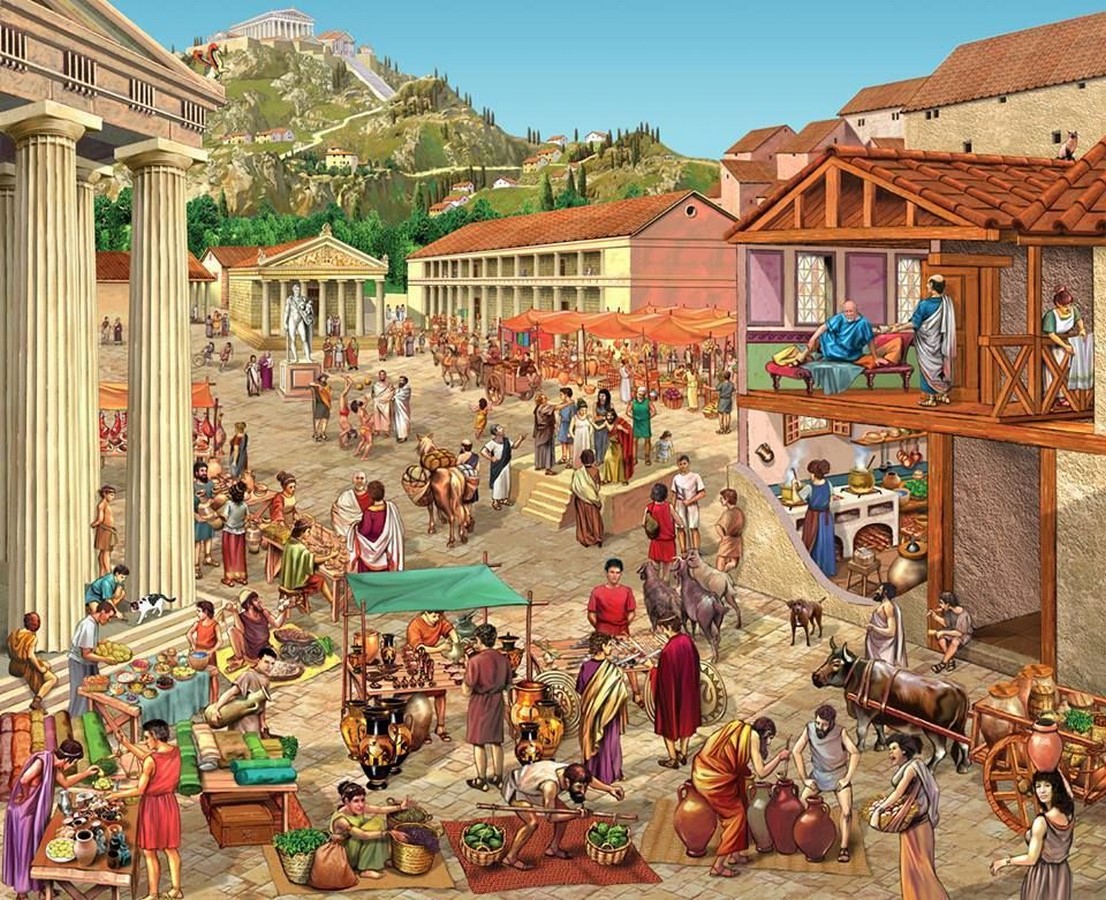

The general populace barring few classes could have a relaxing spa-like experience in the public baths which had primitive ideas of frigidarium, tepidarium, and caldarium, or go to the stadion and Hippodromes to watch nail-biting races between men, horses, and chariots, or enjoy the presentation of plays with orchestra, chorus songs, and dances in the great amphitheaters which had inimitable perfect sightlines and acoustics.
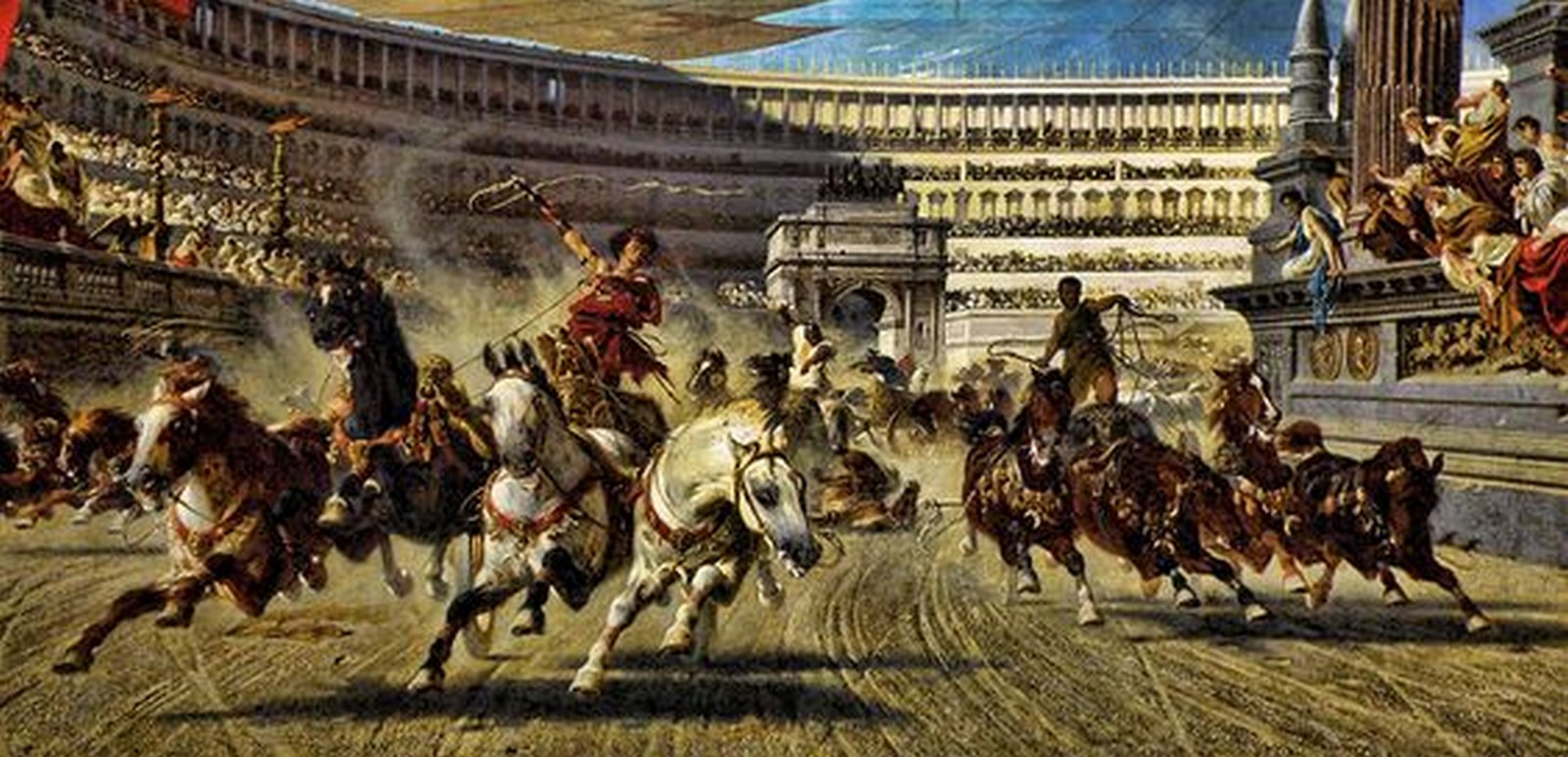
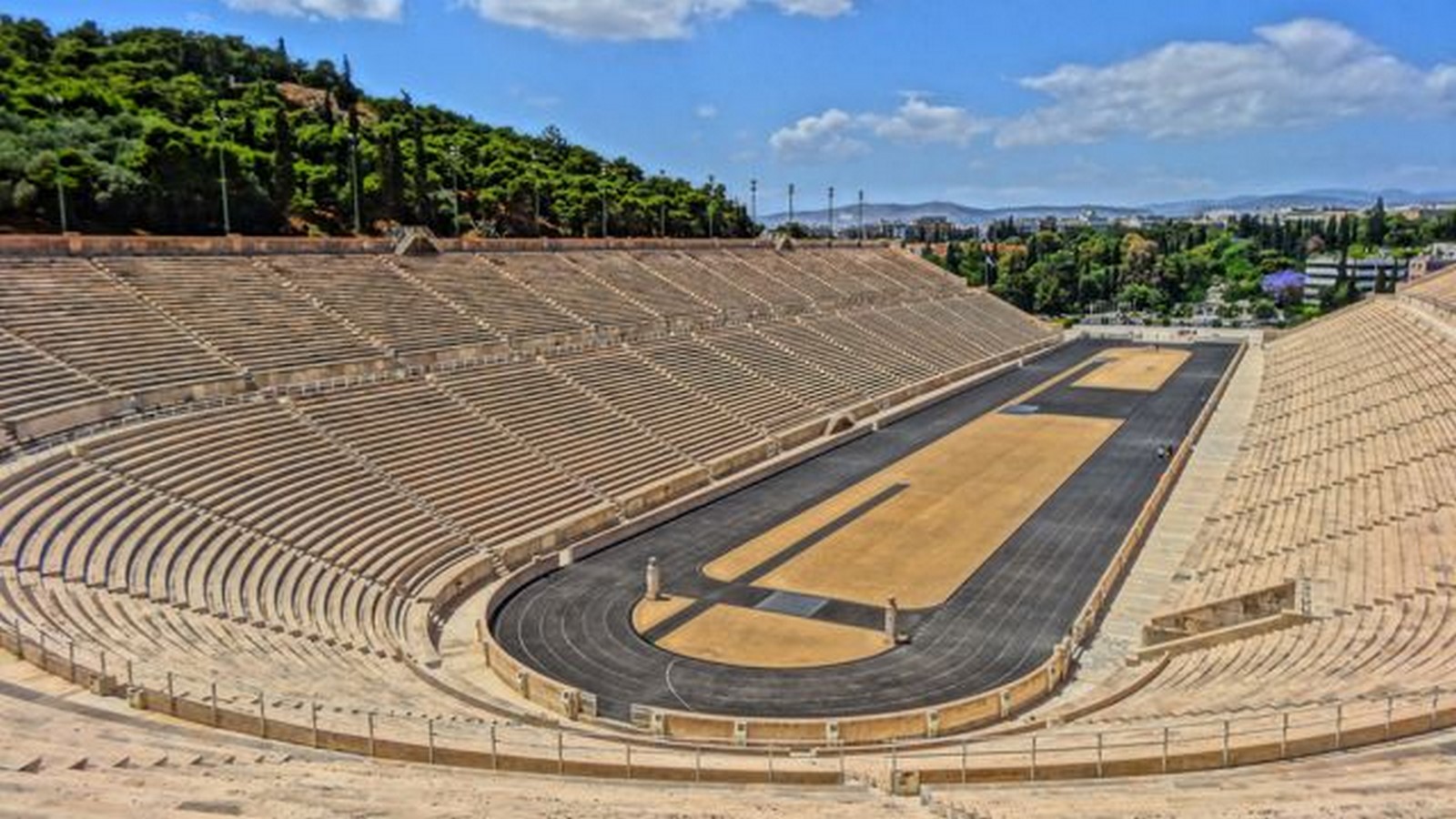

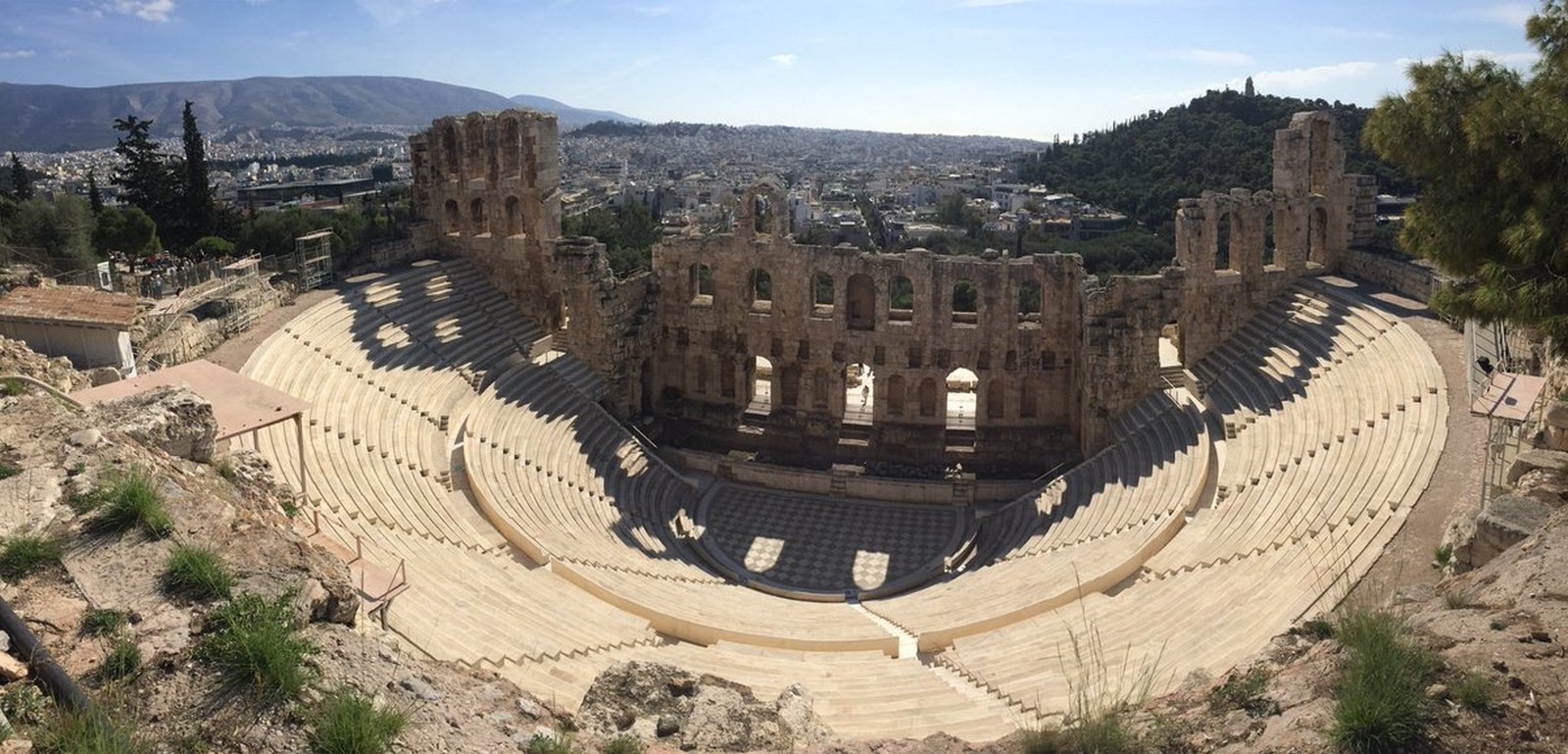
Anticipating death and after-life, they had begun developing sepulchral architecture with simple sculptured or painted stele, statues, sarcophagus, tumulus, tombs, and in due course culminated in Mausoleion at the city Halikarnassos, which is hailed as one of the seven wonders of the ancient world.

Greek city-states were highly competitive in strategic and economic terms as well as in architecture. They invested substantial resources in building monumental altars, sanctuaries, and temples dedicated to Zeus, Poseidon, Athena, Apollo, Aphrodite, Hermes, and the entire host of Greek gods as a token of their devotion and reverence.

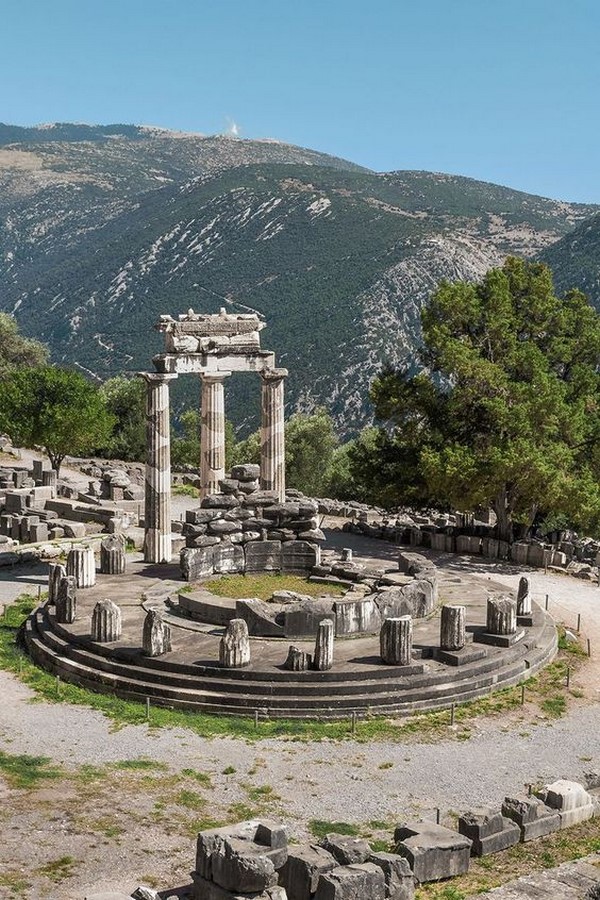

Greeks founded the three major columns in the five classical orders: Doric, Ionic, and Corinthian (The other two, Tuscan and Composite, are the Roman orders).

Elegance and balance; Power and grace; Simplicity and Harmony!
This Architectural character evolved after periods of development during the early ages of Aegean, Minoan, and Mycenaean civilizations. The Greeks moved from ephemeral materials to more permanent stone, as their choice of building material. They improvised construction methodologies and techniques as they simultaneously worked on perfecting Architectural forms and proportions.
Their ingenuity and attention to detail were extended even for quarrying and transportation of stone blocks to the site. The seismic activity of this region was also taken into account through the precise design of water-tight joineries that could expand during earthquakes.

The development of practical and theoretical geometry paved the way for the tendency of ancient Greeks to make an exact science of Architecture.
‘Proportion is a harmony of ratios of the parts within the whole’- Vitruvius.
They developed major ratios and minor ratios where one dimension was derived from another. Each element had a mathematical relationship with every other element, making the building an integrated totality. This kind of blueprint gave a modular system or formula for a design that could be followed from a small building to an entire city.

One of the defining characteristics of classical orders is an established vocabulary and syntax of architectural elements that have specific sizes, shapes, and names. Creative experimentations with these elements led to the development of Greek decoration. Types of Greek ornamentation can be classified as geometric, floral, zoomorphic, and anthropomorphic. Life-like sculptures portraying myths, local legends, vigorous scenes of conflict, contests, and processions on the surface of various architectural elements continue to stun the viewers.
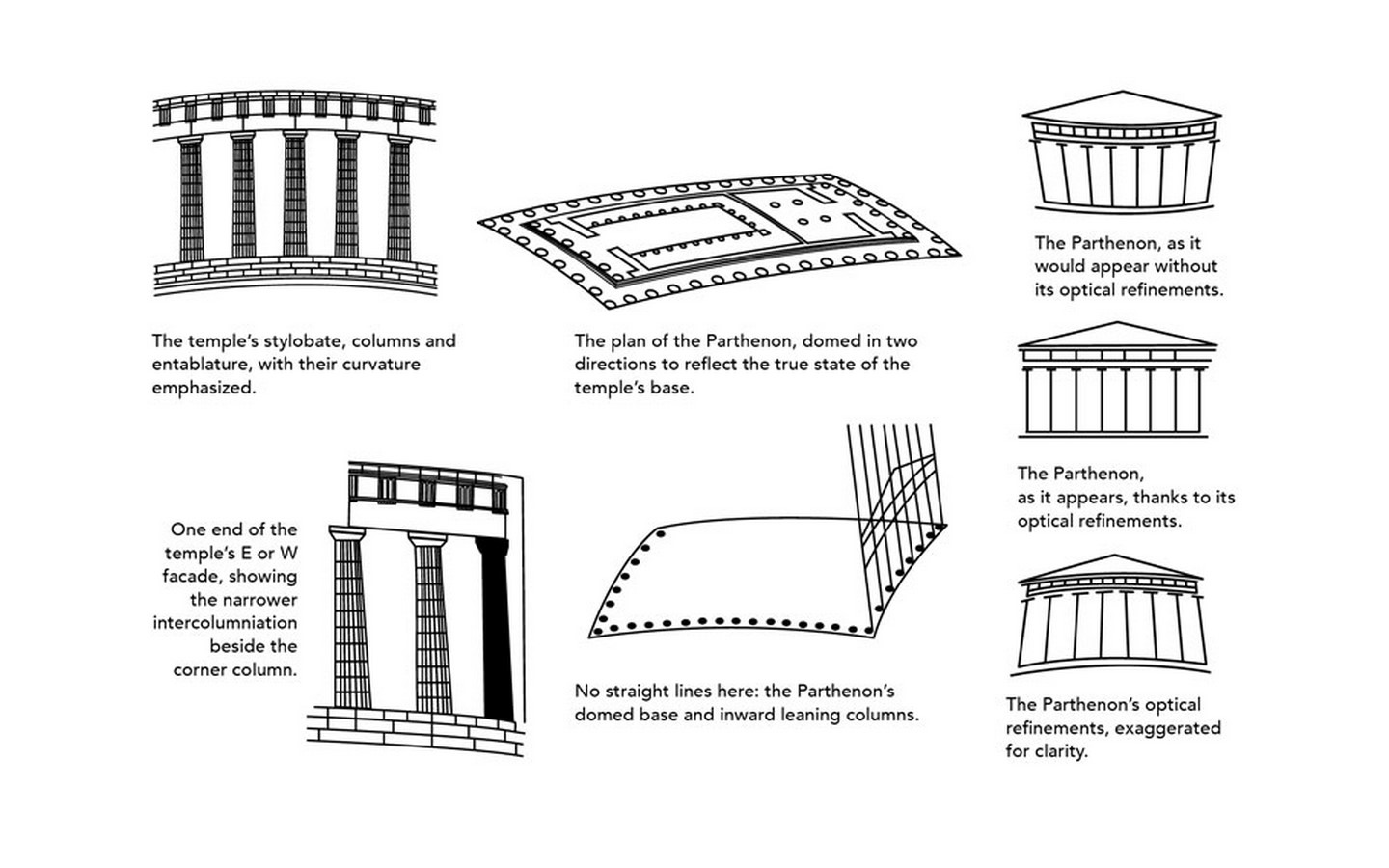
The Greeks devised ‘Optical refinements’ to tailor the human perception and experience of these massive buildings. This was done by deviating from regularity, whether horizontal or vertical. Vitruvius described a number of these including ‘Entasis’, ‘stylobate curvature’, and outward inclination in his book ‘De Architectura’. These refinements reached their pinnacle at the Parthenon. They had managed to achieve the miracle of inconspicuous individuality in every element of the temple such that the variance is too slight to be visible to the unaided eye.
Be it in the details or urban planning, the Greeks mastered it all. Though Greek civilization declined like every other great civilization, Greek culture and architectural forms survived throughout antiquity as Romans built upon it. In the wake of the conquests of Alexander the Great and the establishment of the expansive Hellenistic world, ancient Greek architecture became a staple vernacular across this huge empire.
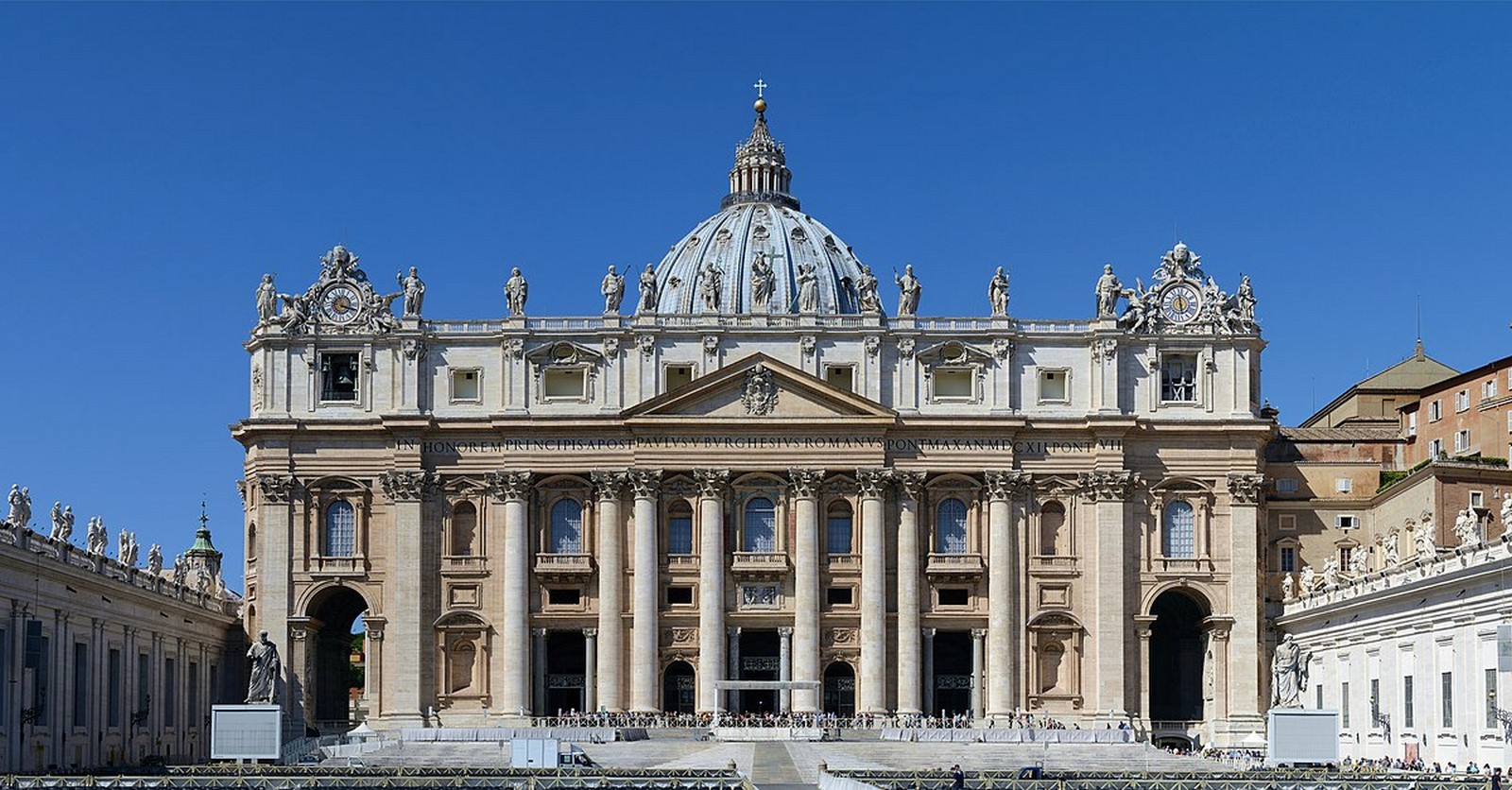

They were re-visited and brought to prominence during the Age of the Renaissance and became a typical feature of the Neo-Classical movement. Unlike the gothic cathedrals, baroque palaces, Egyptian pyramids, or the hanging gardens of Babylon, the relevance of the Greek design and architectural orders in the 21st century is a testament to its spectacular legacy, making it truly, a ‘Timeless Classic’.





